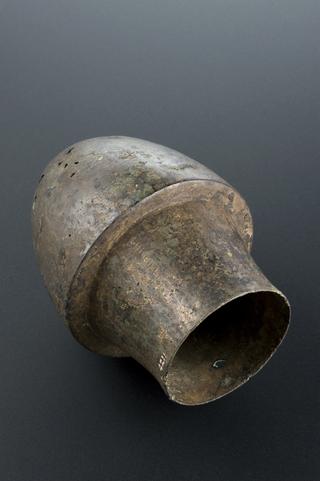
Roman cupping vessel
1-79 CE

1-79 CE



1-79 CE; before 1914

1-79 CE; before 1914



1901-1950

199 BCE-79 CE
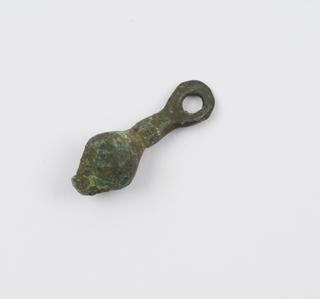

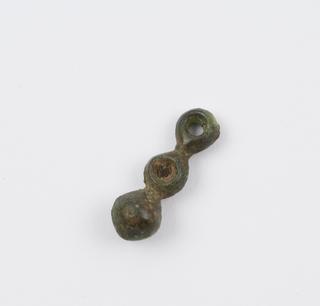
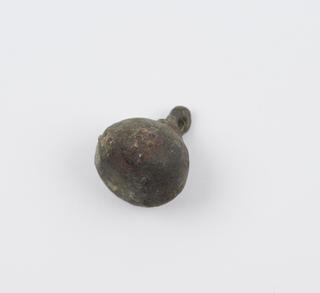
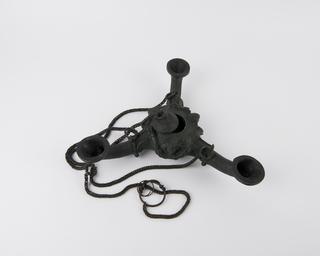
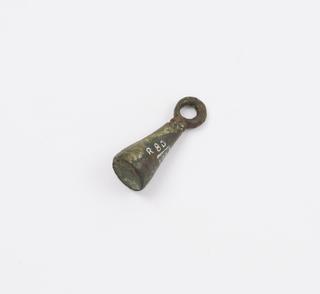

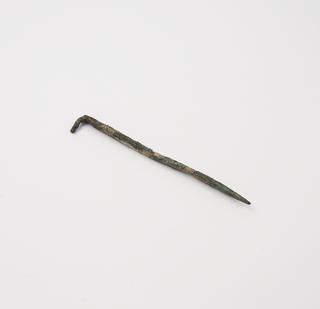
199 BCE-79 CE
1841
1841
1841
1-79 CE; before 1923
circa 1846
1841
1841
1841
1841
1846
1841